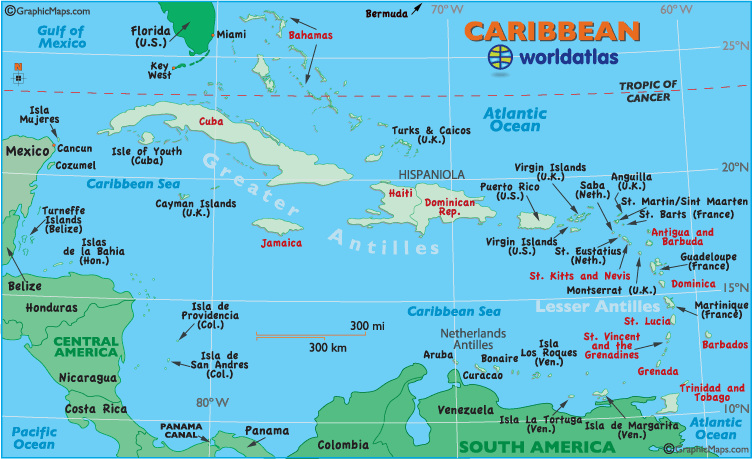

The San Cayetano must have been deposited over an initially rifting basement that probably included fragments of continental crust as well as basaltic flows. Very little is known about the pre-Late Jurassic history of the island except that the lower part of the San Cayetano clastics might be Lower Jurassic (163 Ma Figure 1). Stratigraphic unit names followed by an asterisk (i.e., Capitolio*) were originally named by Gulf Oil Company geologists and might, or might not, be used today in the same context. Differences are, for example, the position of the Guajaibon–Sierra Azul belt, the origin of the middle Cretaceous quartzose clastics, and the dip of the subduction zone. The paleogeographic history presented here is in general agreement with that of Pszczolkowski. Cuba's geology suggests that the subduction was continuously north dipping, and this concept is discussed in more detail below. have interpreted the Cretaceous Cuban subduction as northeast dipping and reversing polarity to the southwest during the Late Cretaceous.

Supported by observations in Cuba and elsewhere, these maps show subduction as the main cause of the uplift of a convergent continental margin or ocean floor, whereas the nappes are the result of sedimentary or volcanic cover sliding away, under the force of gravity, from the area uplifted by subduction.īurke, Pindell and Barrett, Iturralde-Vinent, Cobiella-Reguera, Garcia-Casco et al., Giunta et al., and Pindell et al. In these maps, autochthonous nappes, allochthonous nappes, and subduction will be used to describe, respectively, the thrusting toward the continent of the sediments, the basic igneous-volcanic rocks, and the subduction. In all maps, Cuba is shown in its present position relative to Florida, although different parts of the island came from various places. These maps are on a continental drift base modified from the [ Ocean Drilling Stratigraphic Network (ODSN) created in 2005 by the University of Bremen, with Florida occupying a fixed position. Paleogeographic maps (Figures 1-10) illustrate the possible past distribution of the most characteristic stratigraphic units.


 0 kommentar(er)
0 kommentar(er)
